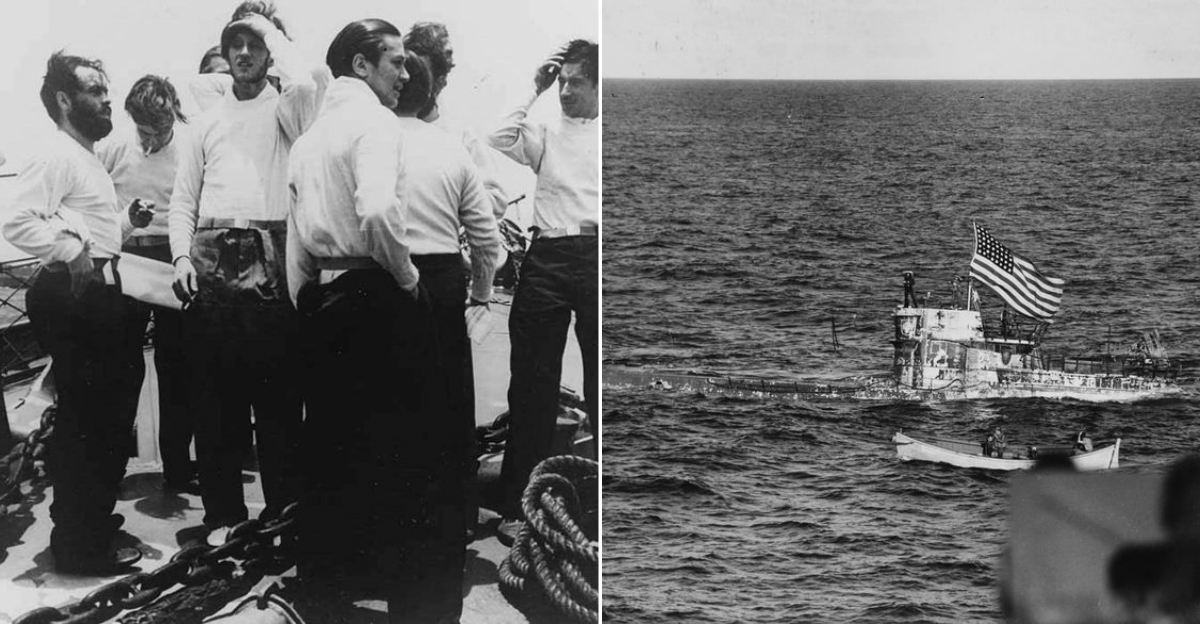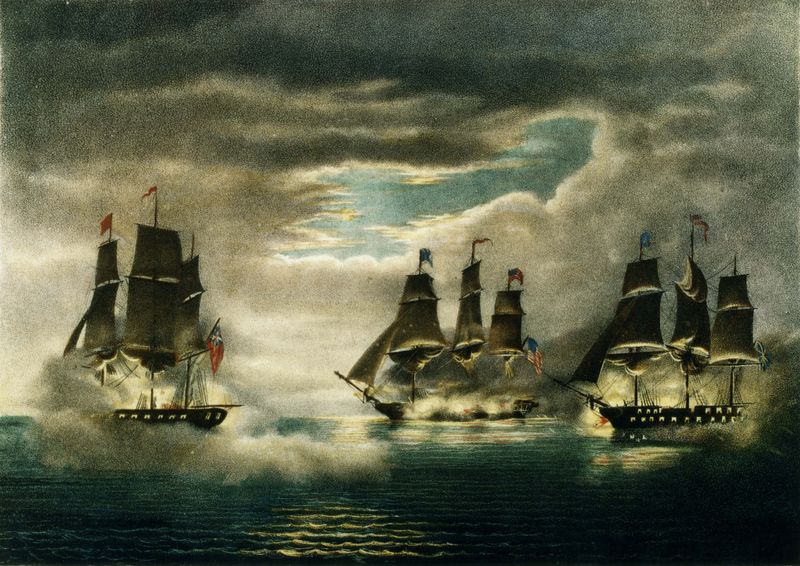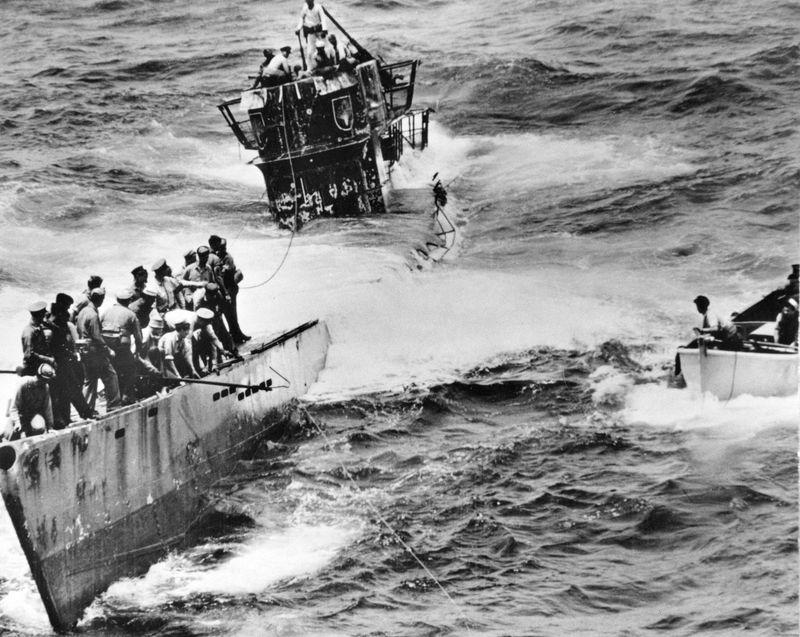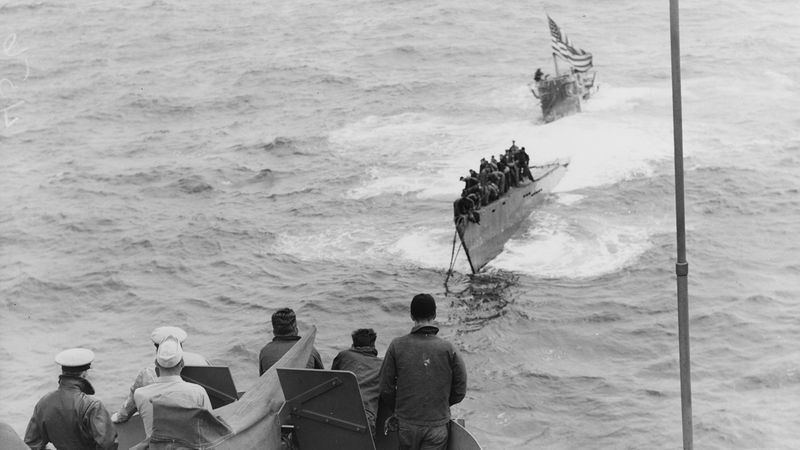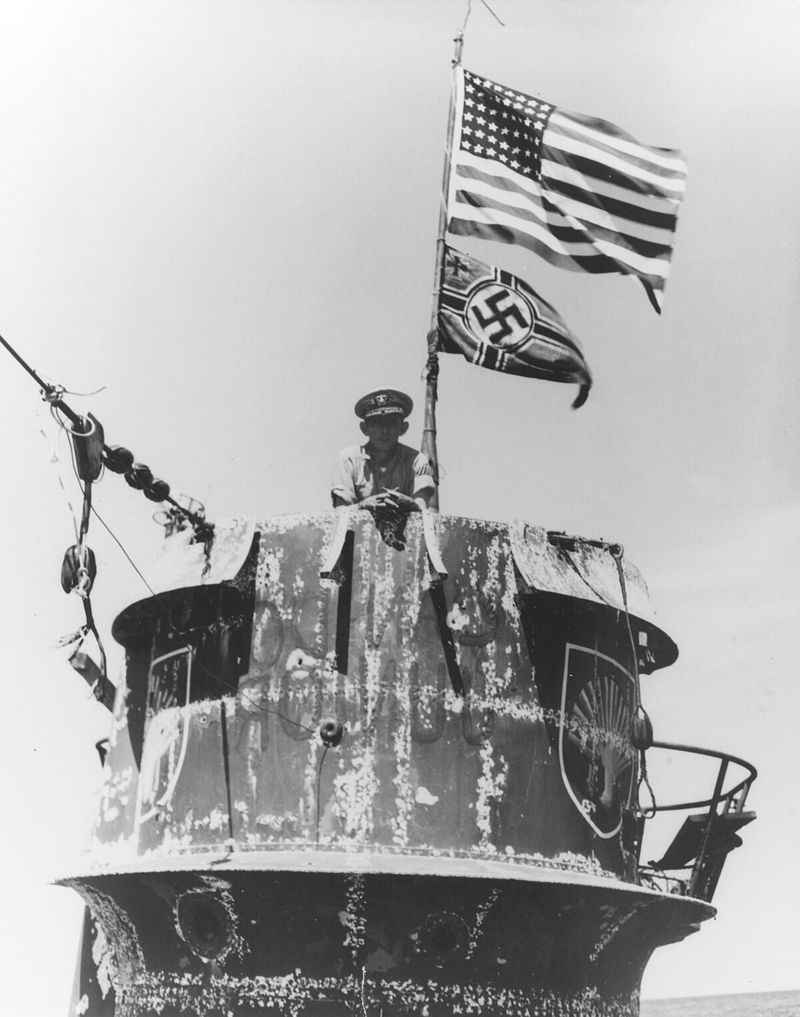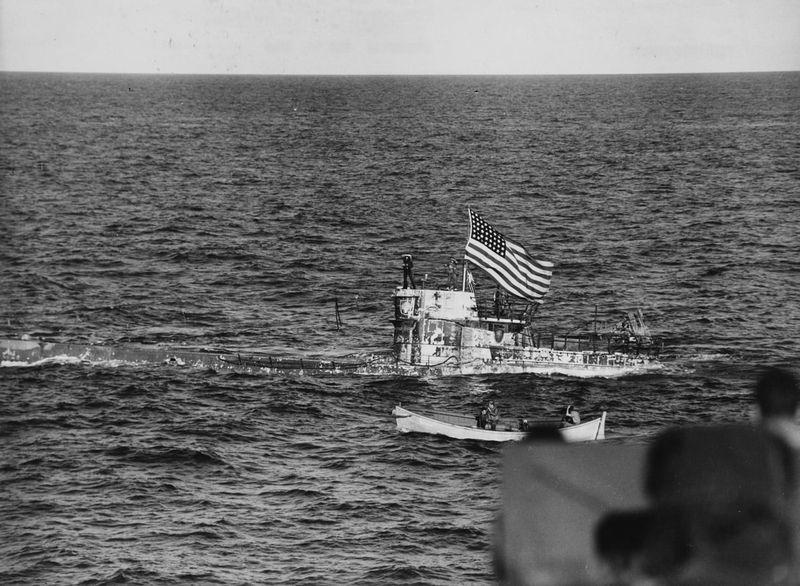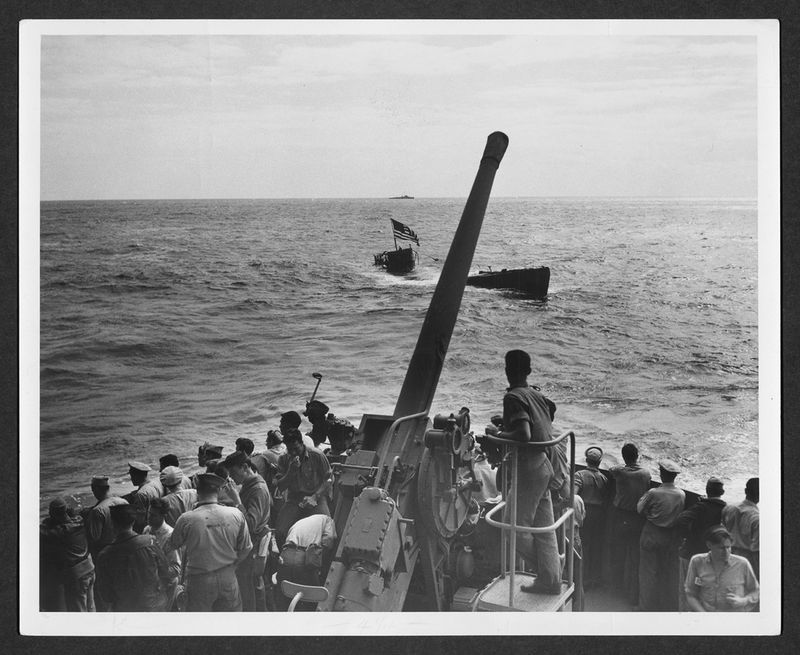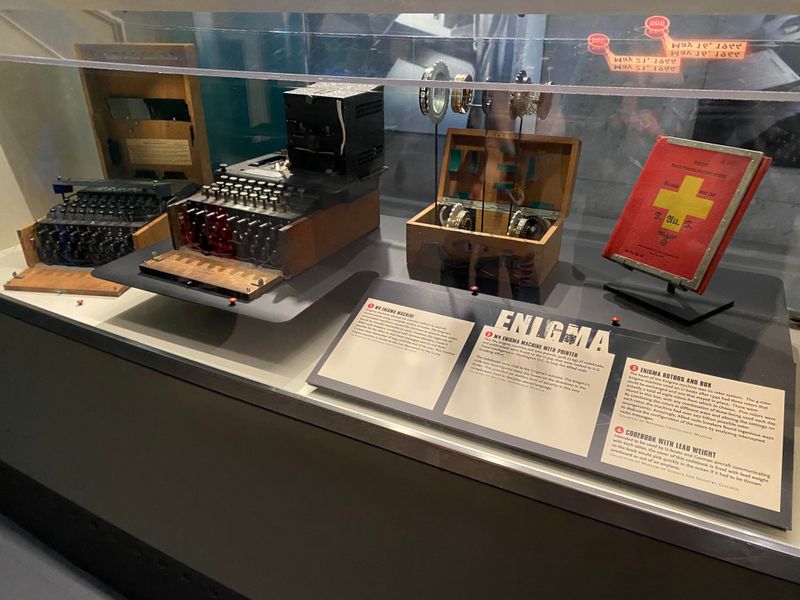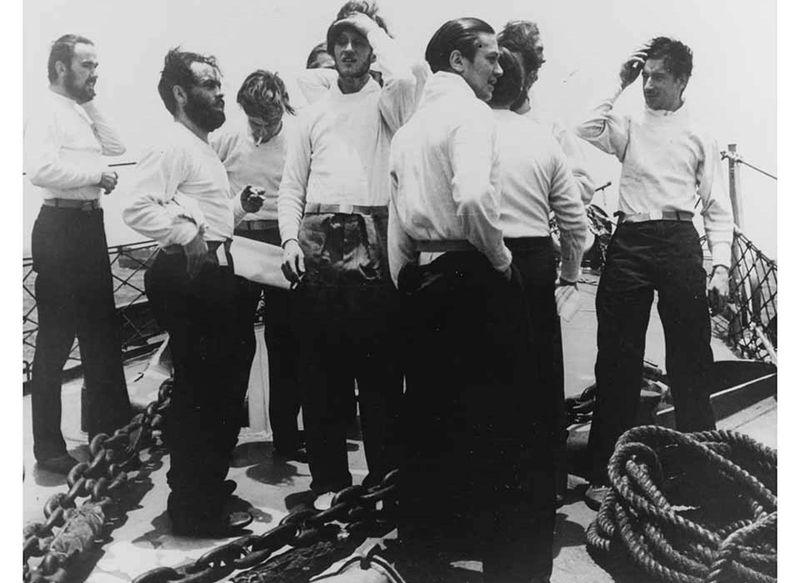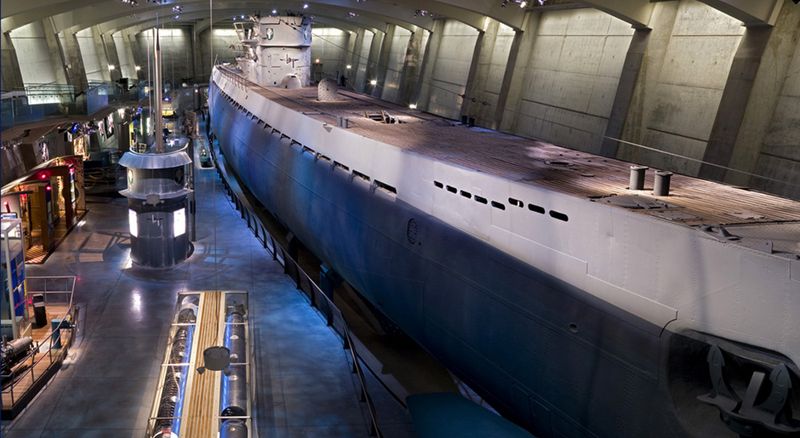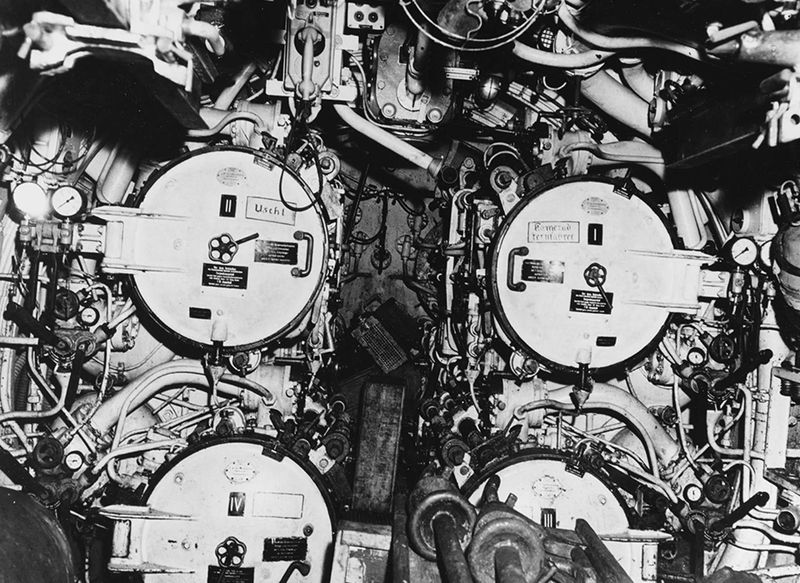Explore the fascinating story of U-505, the first enemy warship captured by the U.S. Navy in over a century. This significant event marked a turning point in naval history, offering strategic advantages in World War II.
Each detail provides a unique glimpse into the past, revealing the bravery, strategy, and secrecy involved in this remarkable feat.
1. The First Capture Since 1815
The capture of U-505 by the U.S. Navy was a historic milestone, marking the first enemy warship seized since 1815. The last such capture occurred during the War of 1812. This event highlighted the strategic prowess of the U.S. Navy.
The significance of this capture lay in its rarity, bridging a gap of over a century. The achievement demonstrated the evolving tactics and capabilities of the U.S. naval forces.
The capture served as a testament to the determination and ingenuity of those involved in breaking a century-long hiatus.
2. Capture Just Before D-Day
On June 4, 1944, just two days before the Normandy landings, U-505 was captured. This timing was crucial, as it allowed the Allies to gain valuable intelligence. The capture contributed to the success of the D-Day invasion.
The information gleaned from U-505 provided insights that were instrumental in coordinating the larger Allied efforts. As preparations for D-Day were in full swing, the capture reinforced the Allies’ strategic position.
It exemplified the interconnectedness of intelligence and military operations, underscoring how timely actions can shift the balance in warfare.
3. Top-Secret Mission Unveiled
The capture of U-505 was shrouded in secrecy for the duration of World War II. The U.S. Navy classified the mission to prevent the Germans from realizing their codes had been compromised. This secrecy was vital to maintaining the tactical advantage gained.
The mission’s success depended on discretion and careful planning. By keeping the operation under wraps, the U.S. ensured that their strategic edge was not lost.
The secrecy surrounding the mission highlights the lengths to which military forces went to protect valuable intelligence, ensuring that the captured materials could be used effectively.
4. Task Group 22.3’s Role
Task Group 22.3, commanded by Captain Daniel V. Gallery, played a pivotal role in the capture of U-505. The group was specially trained to hunt and capture enemy submarines. Their efforts were instrumental in achieving this rare victory.
With the USS Guadalcanal leading the charge, the task group demonstrated exceptional coordination and execution. The capture showcased the effectiveness of focused training and leadership.
Task Group 22.3’s success was a testament to the strategic planning and execution of the U.S. Navy’s specialized hunter-killer groups during the war. Their dedication to the mission was unwavering.
5. German U-Boat Near Cape Verde
U-505, a Type IXC German submarine, was operating near Cape Verde in the central Atlantic. This location was far from its European base, highlighting the reach of German naval operations.
The sighting and subsequent capture were unexpected due to the submarine’s location. The operation demonstrated the global nature of World War II naval engagements. U-505’s presence in the area was indicative of the strategic importance of the Atlantic Ocean in wartime logistics and communications.
The capture near Cape Verde underscored the effectiveness of Allied surveillance and reconnaissance efforts during the war.
6. German Scuttling Attempt Thwarted
As U.S. forces approached, the German crew of U-505 attempted to scuttle the submarine. They set demolition charges to sink it, but U.S. sailors intervened just in time. This daring move prevented the loss of valuable intelligence.
The swift action by the boarding party was crucial in preserving the submarine and its contents. U.S. sailors displayed remarkable bravery and quick thinking. The thwarted scuttling attempt illustrated the high stakes and tension involved in the capture.
The success of the boarding party highlighted the effectiveness of their training and readiness for such high-pressure scenarios.
7. Recovery of Codebooks and Enigma Machine
The capture of U-505 yielded a treasure trove of intelligence, including codebooks and an Enigma cipher machine. These materials provided the Allies with a substantial advantage in cryptographic warfare.
The recovery of these items was a pivotal moment in undermining German naval communications. Understanding and deciphering the codes hastened the Allied efforts to disrupt enemy operations.
The intelligence gleaned had far-reaching implications for the course of the war. The ability to break the Enigma codes significantly enhanced the Allies’ strategic planning. This recovery was a testament to the importance of intelligence in modern warfare.
8. German POW Secrecy
The 58 German crew members captured from U-505 were held as POWs in complete secrecy. This measure was taken to prevent any information leaks regarding the capture.
The prisoners were denied communication with the outside world, including Red Cross access. This isolation ensured that the Germans remained unaware of the compromise in their naval communications. The secrecy surrounding the POWs was crucial in maintaining the advantage gained by the capture.
This handling of prisoners reflected the strategic importance of operational security. The U.S. Navy’s approach ensured that the intelligence advantage was not prematurely lost.
9. U-505 Museum Exhibit
After the war, U-505 was donated to the Museum of Science and Industry in Chicago. The submarine became a rare, walk-through World War II artifact, allowing visitors to explore its history.
The exhibit provides an immersive experience, showcasing the conditions and technology of the time. U-505’s transformation into a museum piece serves as a reminder of the war’s history and the strategic victories achieved.
The exhibit is a testament to the educational value of preserving historical artifacts. It offers a tangible connection to the past, enabling new generations to learn about the complexities of wartime naval engagements.
10. Turning Point in Battle of the Atlantic
The capture of U-505 marked a turning point in the Battle of the Atlantic. This strategic victory demonstrated the Allied forces’ ability to outmaneuver and outsmart the German U-boats.
The intelligence gained from the capture was instrumental in shifting the balance of power. It contributed to the broader efforts of securing Atlantic sea routes. The operation underscored the importance of naval prowess and intelligence in warfare.
The capture helped tilt the Atlantic war in the Allies’ favor, showcasing the critical role of naval strategy in achieving wartime success. This achievement bolstered morale and strategic capabilities.
